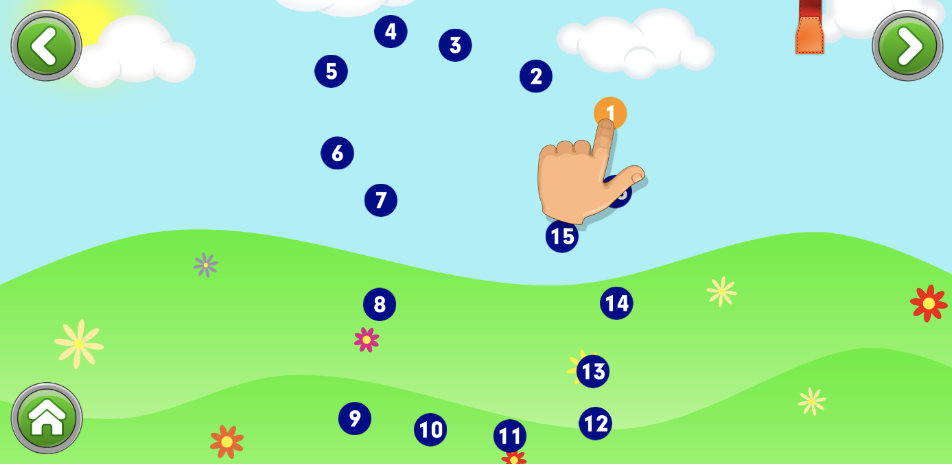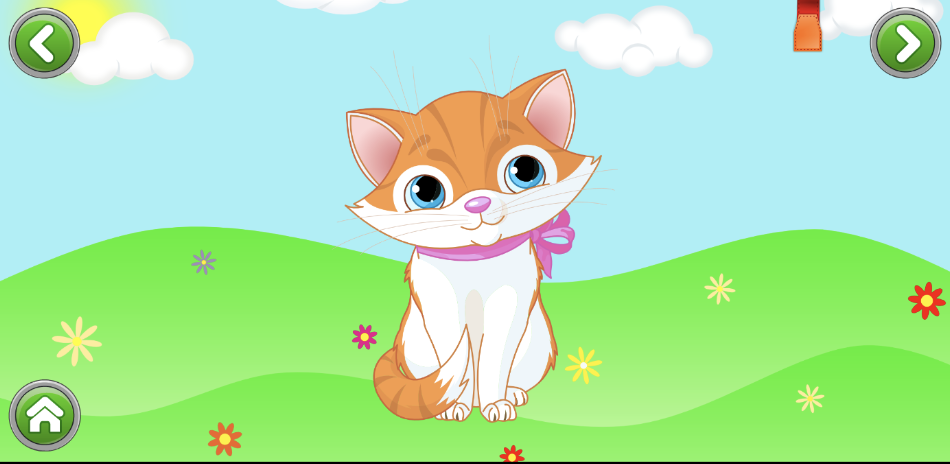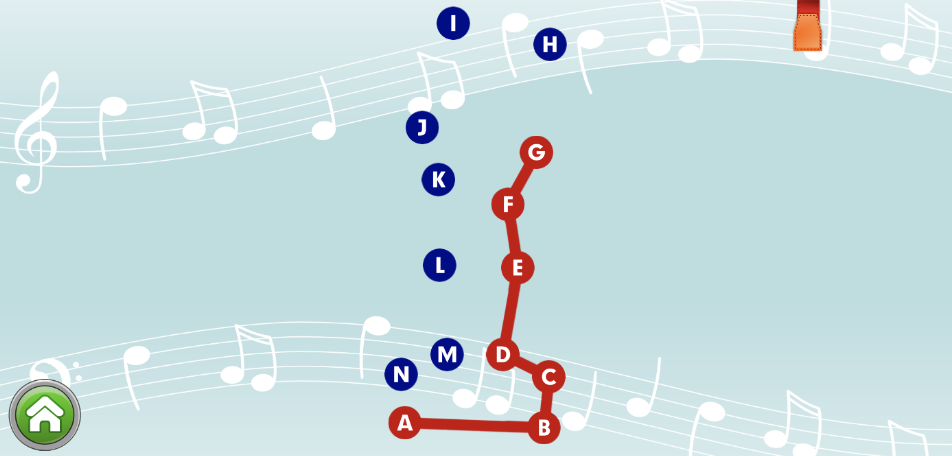
Welcome to Pixalate’s CTV & Mobile App Manual Reviews According to COPPA, a series containing the detailed factors the Trust & Safety Advisory Board educators used to assess an app’s child-directedness.
The educators manually review thousands of mobile apps available in the Google Play & Apple App Stores as well as connected TV (CTV) apps from the Roku Channel Store and Amazon Fire TV App Store using the COPPA Rule factors shown below & make those results available to the public at ratings.pixalate.com.
This post takes a look at a game which is available from the Google Play Store. Our reviewer discusses how the subjective factors set forth in the COPPA Rule apply to the app and factor into the reviewer's determination as to whether the app is child-directed or general audience (i.e., it is not targeting children).
The teacher will indicate the factors they relied upon in their assessment using the 10 factors shown below that reflect the 10 child-directed factors in the COPPA Rule.

Kids Connect the Dots (Lite) is a simple game that children can play to practice alphabetical and numerical order. Players connect the letters/numbers in order to reveal the hidden picture. The free version only has pictures of animals and music, the full version must be purchased to unlock the other categories.
Parents can update settings to toggle the items being connected between numbers and letters. Within the letters, upper or lowercase letters can be selected. In addition to standard numerical order, there is also an option for odd or even numbers. This allows for differentiation for different subjects and levels.
A voice reads out the numbers or letters as the player connects each one. This voice can be turned on or off in the settings to adjust the difficulty for the child. This is the only language within the app. If the user is struggling with starting, a hand will point to the starting point and the next letter/number will change color to show where to go next when the user is stuck.
and
There are no formal incentives in the game, rather the incentive comes from connecting the dots to discover what the picture is. After the dots have all been connected a cartoon-like image is revealed. While this would not be enough incentive for an older child, it is simple and appealing to younger children.
In addition to the images revealed by connecting the dots, there are also bright backgrounds with rolling fields, forests, and musical notes.
There is no direct advertising on the home screen, but a button that says “more games” does lead to a screen with links to other apps by the developer. Additionally, there are no ads that interrupt gameplay. If a child clicks one of the locked categories, they will be prompted with an internal advertisement to upgrade to the paid version to unlock the other categories.
The developers have put protections in place to try and avoid children accidentally downloading or upgrading apps. When an advertisement is clicked, a button must be pressed for 3 seconds before allowing any redirects to the app store.
and
With the inclusion of “kids” in the title of the app and the developer’s name, it is clear that children are the targeted audience. This is further seen in the app description, with nearly every sentence referencing children in some way.
The intended audience of children is also reflected in the reviews, with most reviews having been written by parents about their children using the app. Reviews seem to indicate that the primary users are toddlers and preschoolers.
Privacy
The privacy policy, which was last updated on February 22, 2021, is short and to the point. It simply states, “Intellijoy’s privacy policy is very simple. Our apps DO NOT collect ANY information. Period.”
Find Pixalate's full catalogue of reviews in our CTV and Mobile App Review Page
Screenshots of Kids Connect the Dots (Lite)





Pixalate’s Trust and Safety Advisory Board was created to bring in individuals with experience using child-directed apps in the classroom to review and assess which apps are child-directed. This manual review process serves to quality check Pixalate’s automated review process. See our full methodology for more information.
Disclaimer
This blog post published by Pixalate is available for informational purposes only and is not considered legal advice. By viewing this blog post, the reader understands and agrees that there is no attorney-client relationship between the reader and the blog publisher. The blog should not be used as a substitute for legal advice from a licensed professional attorney in the applicable jurisdiction(s), and readers are urged to consult their own legal counsel on any specific legal questions concerning any specific situation. The content of this blog post reflects Pixalate's opinions with respect to factors that Pixalate believes may be useful to the digital media industry. Pixalate's opinions are just that, opinions, which means that they are neither facts nor guarantees; and this blog post is not intended to impugn the standing or reputation of any entity, person or app, but instead, to report findings pertaining to mobile and Connected TV (CTV) apps.
*By entering your email address and clicking Subscribe, you are agreeing to our Terms of Use and Privacy Policy.
These Stories on Mobile
*By entering your email address and clicking Subscribe, you are agreeing to our Terms of Use and Privacy Policy.

Disclaimer: The content of this page reflects Pixalate’s opinions with respect to the factors that Pixalate believes can be useful to the digital media industry. Any proprietary data shared is grounded in Pixalate’s proprietary technology and analytics, which Pixalate is continuously evaluating and updating. Any references to outside sources should not be construed as endorsements. Pixalate’s opinions are just that - opinion, not facts or guarantees.
Per the MRC, “'Fraud' is not intended to represent fraud as defined in various laws, statutes and ordinances or as conventionally used in U.S. Court or other legal proceedings, but rather a custom definition strictly for advertising measurement purposes. Also per the MRC, “‘Invalid Traffic’ is defined generally as traffic that does not meet certain ad serving quality or completeness criteria, or otherwise does not represent legitimate ad traffic that should be included in measurement counts. Among the reasons why ad traffic may be deemed invalid is it is a result of non-human traffic (spiders, bots, etc.), or activity designed to produce fraudulent traffic.”

